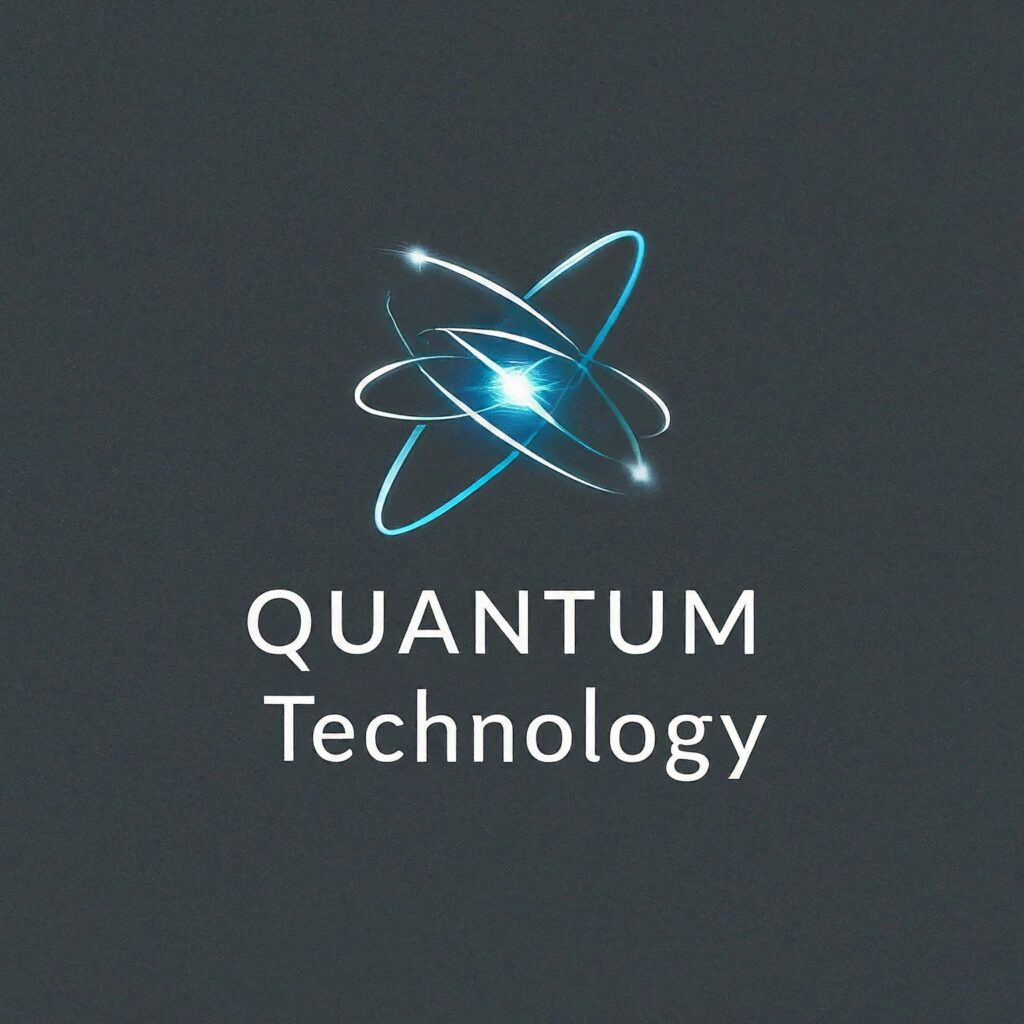A team of researchers from leading Chinese institutions has unveiled a groundbreaking advance in applying quantum computing to financial portfolio optimization. Published in Science China Information Sciences, the study titled “Variational quantum eigensolver with linear depth problem-inspired ansatz for solving portfolio optimization in finance” presents a novel approach that may bridge the gap between theoretical quantum algorithms and practical financial applications SpringerLink+1.
The NISQ Era Meets Finance
Quantum computing today is dominated by Noisy Intermediate-Scale Quantum (NISQ) devices—machines capable of executing modest-scale quantum algorithms but constrained by noise, limited qubit counts, and coherence issues. Amid these challenges, the Variational Quantum Eigensolver (VQE) has emerged as one of the most viable strategies for near-term quantum advantage. Originally developed for quantum chemistry, VQE uses a hybrid quantum-classical loop to minimize eigenvalues of a given Hamiltonian SpringerLinkarXiv.
In this latest work, the researchers repurpose VQE for portfolio optimization, a cornerstone problem in finance that involves balancing returns against risks across a selection of assets.
Innovation: Problem-Inspired Ansatz with Linear Depth
At the heart of the study are two hardware-efficient Dicke-state–based ansatzes carefully designed to suit the realities of current quantum hardware. Key features include:
-
Gate efficiency: A maximum two-qubit gate depth of 2n and parameter count of n²/4, where n is the number of qubits SpringerLink. This balance keeps the circuits shallow—helping to mitigate decoherence and error accumulation.
-
Partitioning-friendly structure: The ansatzes are amenable to quantum/classical hybrid distributed computing (HDC). This architecture allows the workload to be split across subsystems, boosting scalability.
Up to 55 Qubits in the Field
In a notable demonstration, the team implemented their HDC approach on their superconducting quantum hardware, dubbed “Wu Kong”, using up to 55 qubits SpringerLinkarXiv. To counteract hardware imperfections and measurement noise, they deployed a combination of:
-
Simultaneous sampling
-
Problem-specific measurement error mitigation
-
Fragment reuse techniques
These innovations enabled them to conduct practical experiments—marking a significant step toward real-world quantum finance applications.
Why Simplicity Wins
Interestingly, the restricted expressibility of the ansatzes—stemming from the limited number of parameters and constrained entanglement—was not a drawback. On the contrary, it proved advantageous when optimizing the Conditional Value-at-Risk (CVaR), a widely used risk metric in finance. In NISQ settings, simpler, structured circuits may outperform more expressive—but noisier—alternatives SpringerLink.
Furthermore, the HDC infrastructure highlights a promising path forward: distributing computation among manageable quantum-classical fragments could enable scaling to even larger problem sizes without overwhelming current hardware capabilities.
Implications and Outlook
This work stands out for its pragmatic approach, combining theoretical insight with hardware-aware design to tackle a real-world problem. The shallow-depth, partitionable ansatz signals that quantum advantage in finance may be closer than expected—so long as solution frameworks are tailored to the constraints of NISQ devices.
The team’s efforts resonate with growing momentum in quantum computational finance, including quantum Monte Carlo methods for pricing derivatives and algorithms for risk analysis arXiv+2arXiv+2. Yet this new study goes further: it integrates experimental execution with hardware innovation in the domain of portfolio optimization—a domain where classical computing currently dominates.
Key takeaways:
-
Hybrid quantum-classical frameworks can extend the reach of current quantum systems.
-
Ansatz simplicity aligned with problem structure offers resilience against noise.
-
Scalable architectures (like HDC) may unlock near-term applications well before large-scale, fault-tolerant quantum computers arrive.
What’s Next?
Looking ahead, researchers may explore:
-
Comparative studies with classical optimization tools to benchmark performance gains.
-
Scaling HDC approaches to larger quantum systems beyond 55 qubits.
-
Generalizing the ansatz design to other financial models beyond CVaR.
-
Integrating error mitigation and fragment reuse into broader quantum software stacks.
-
Collaboration with financial institutions to test these methods on real datasets and portfolios.
Conclusion
In the rapidly evolving landscape of quantum finance, the study by Wang et al. delivers an encouraging signal: practical quantum-enhanced portfolio optimization is moving from concept to reality. By judiciously engineering both circuit structure and computational architecture, they demonstrate that significant progress—even with noisy, near-term hardware—is within reach. The road ahead will be challenging, but this work lights a promising path toward quantum-powered financial solutions.
